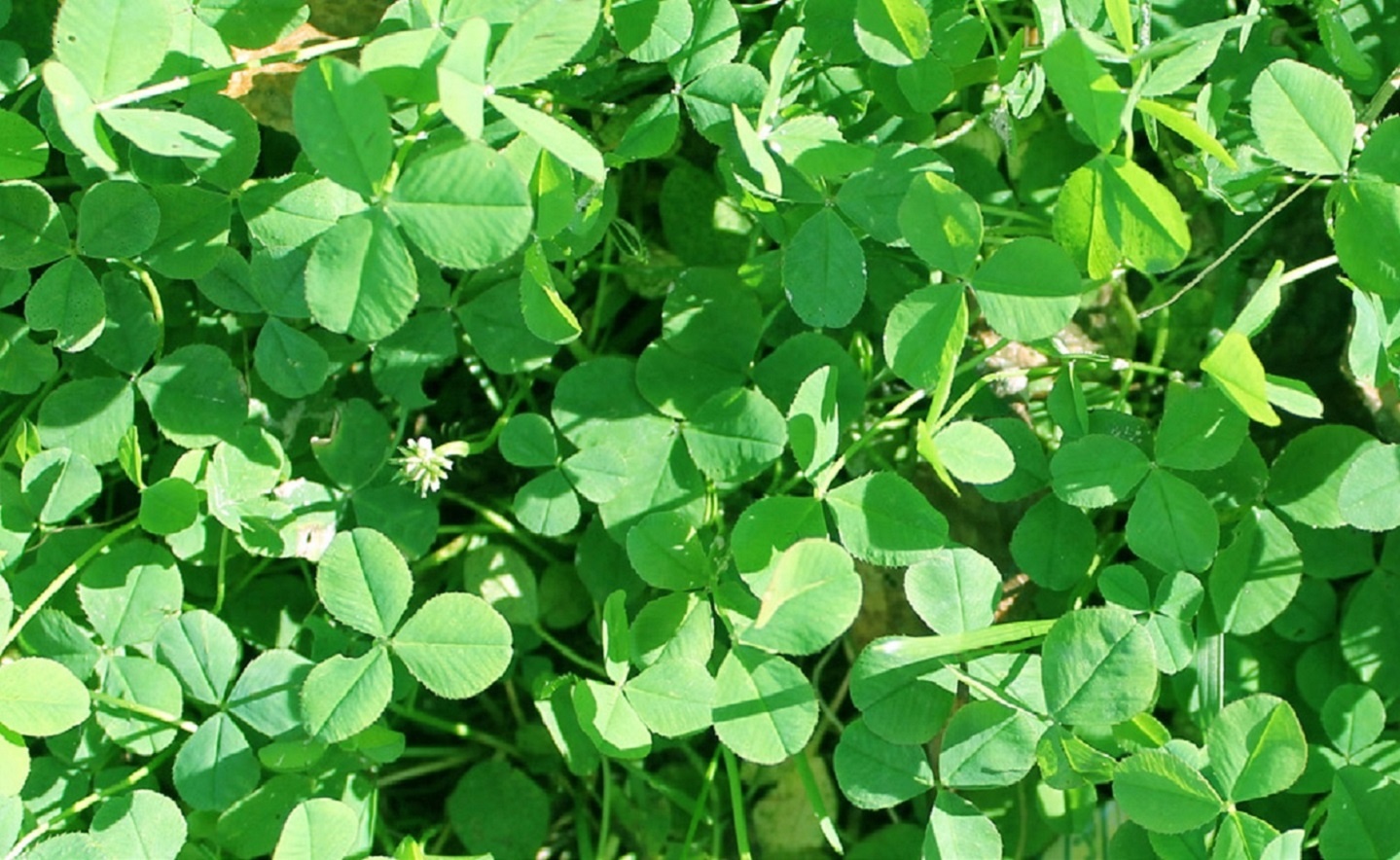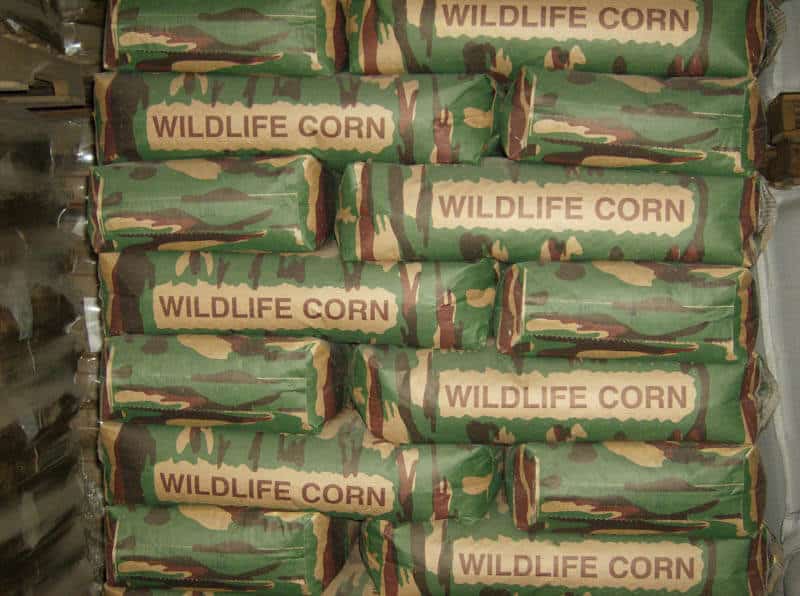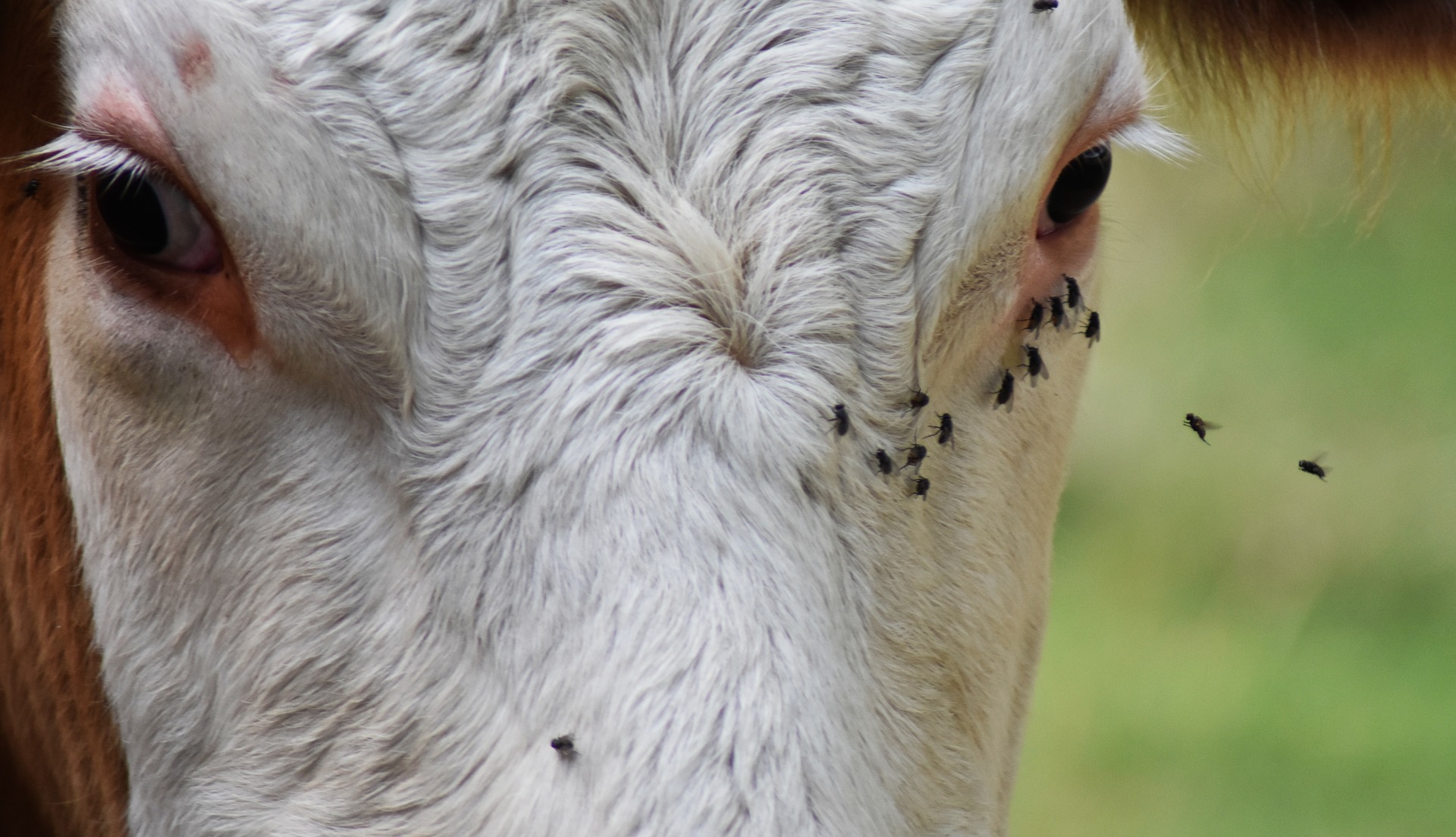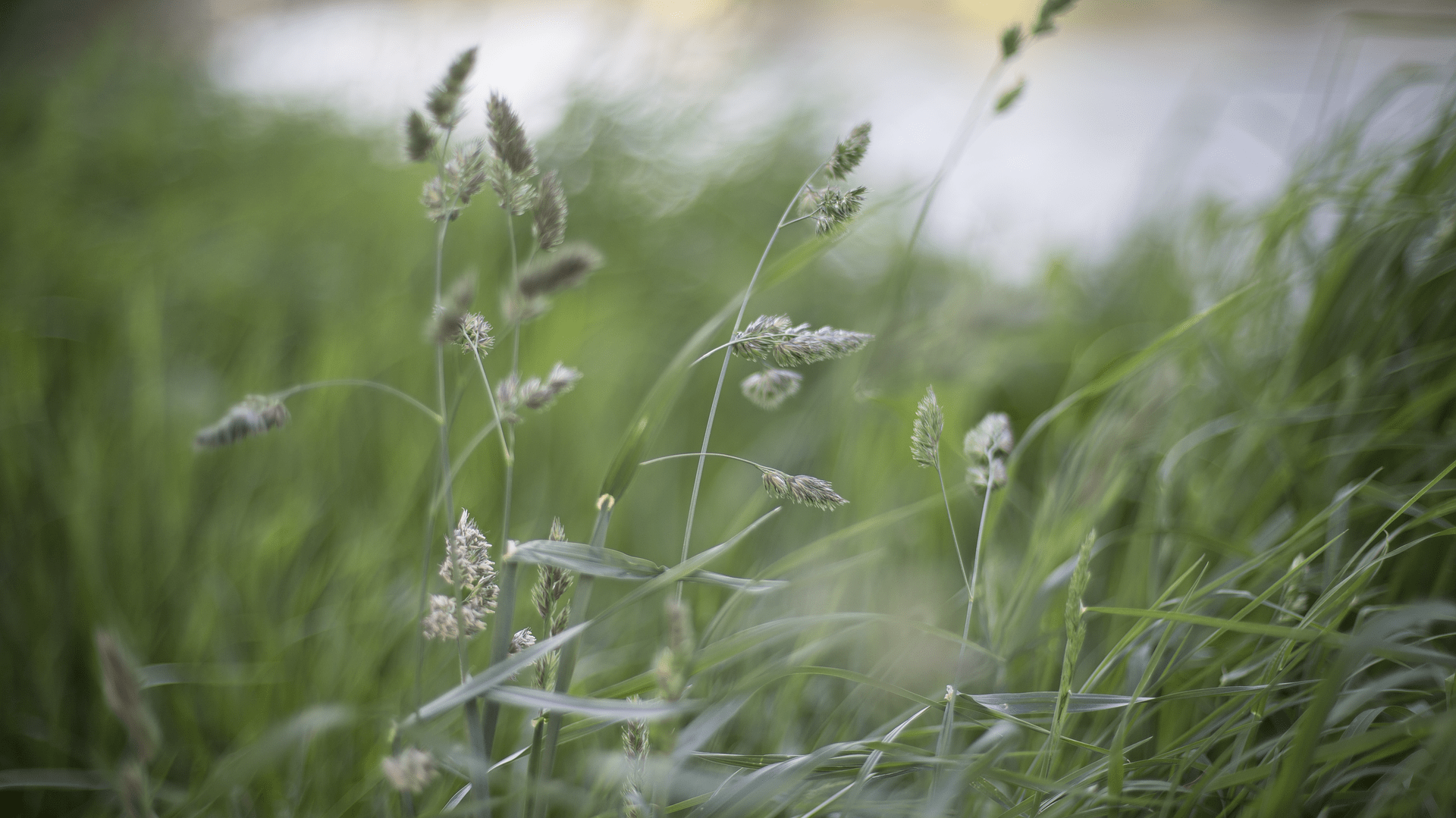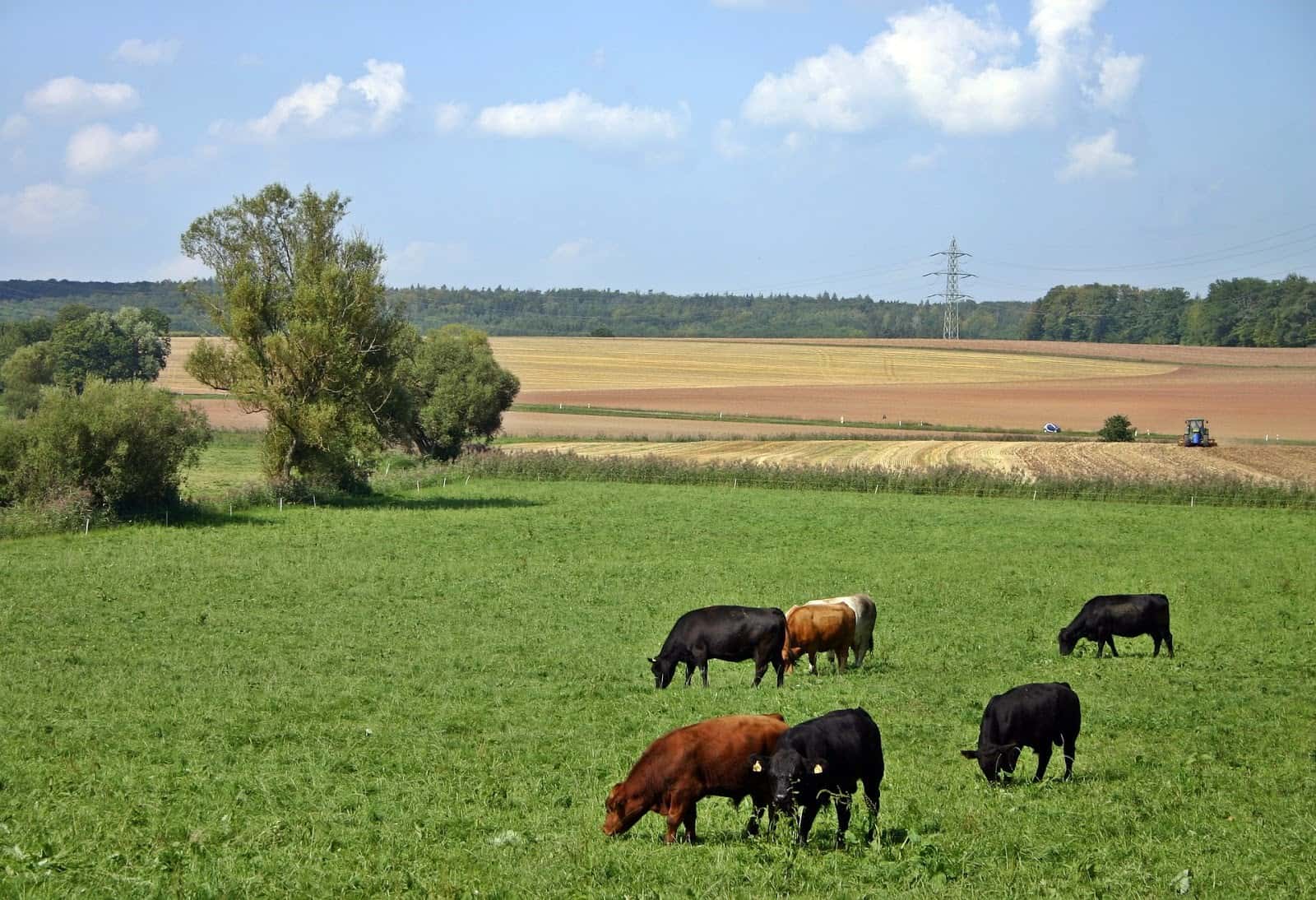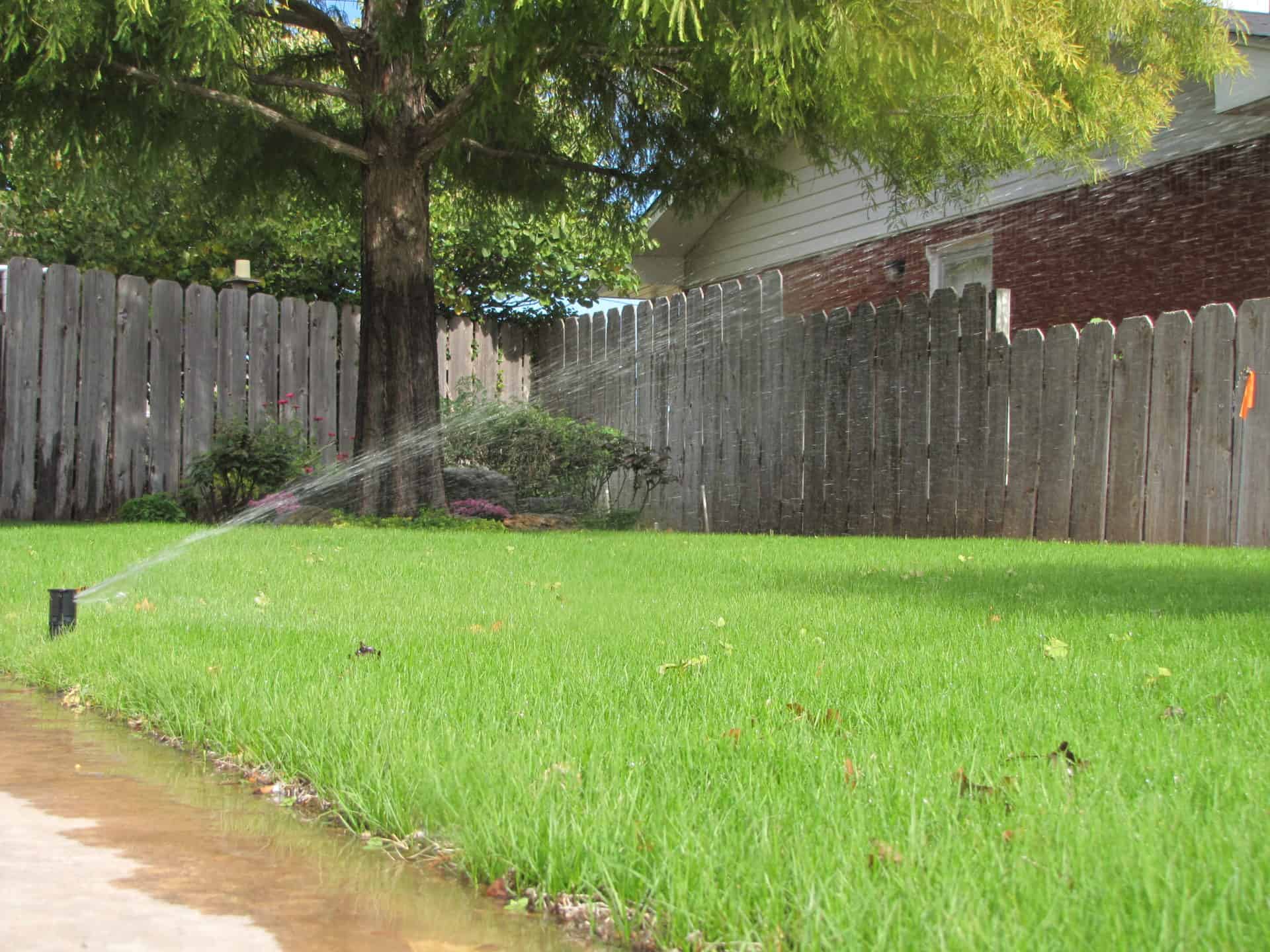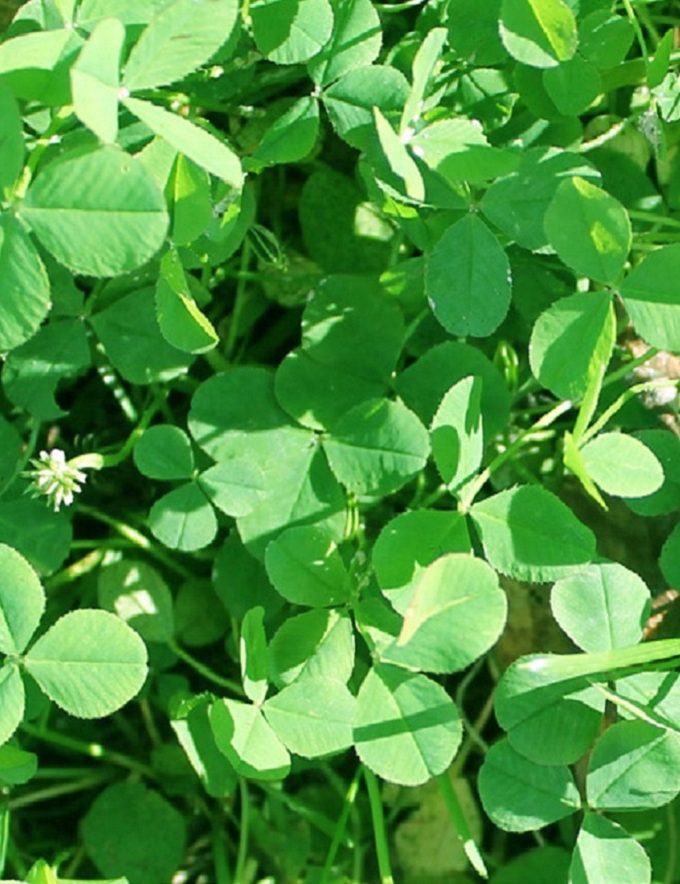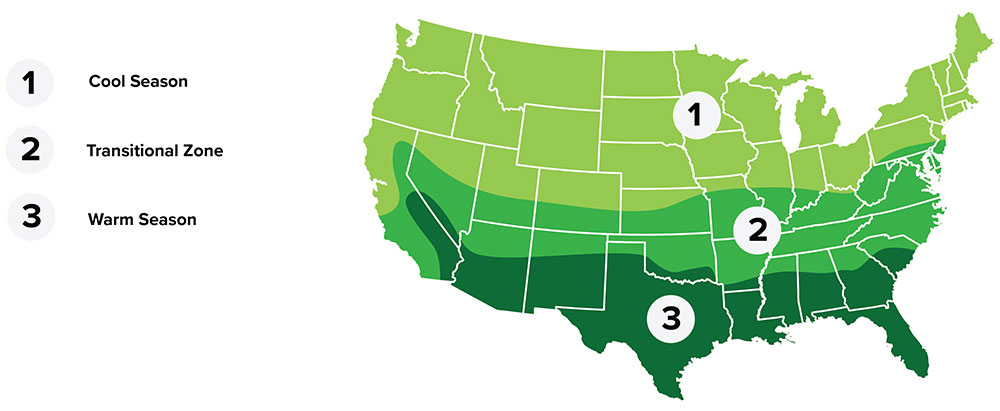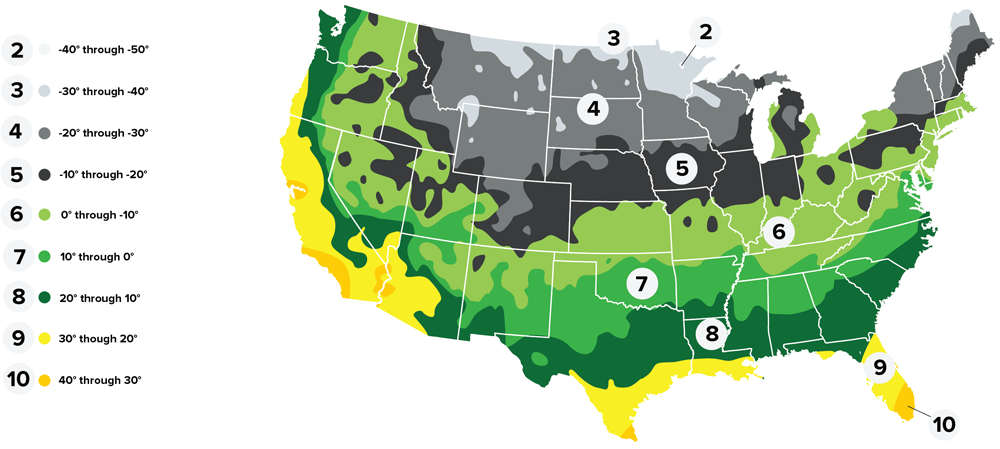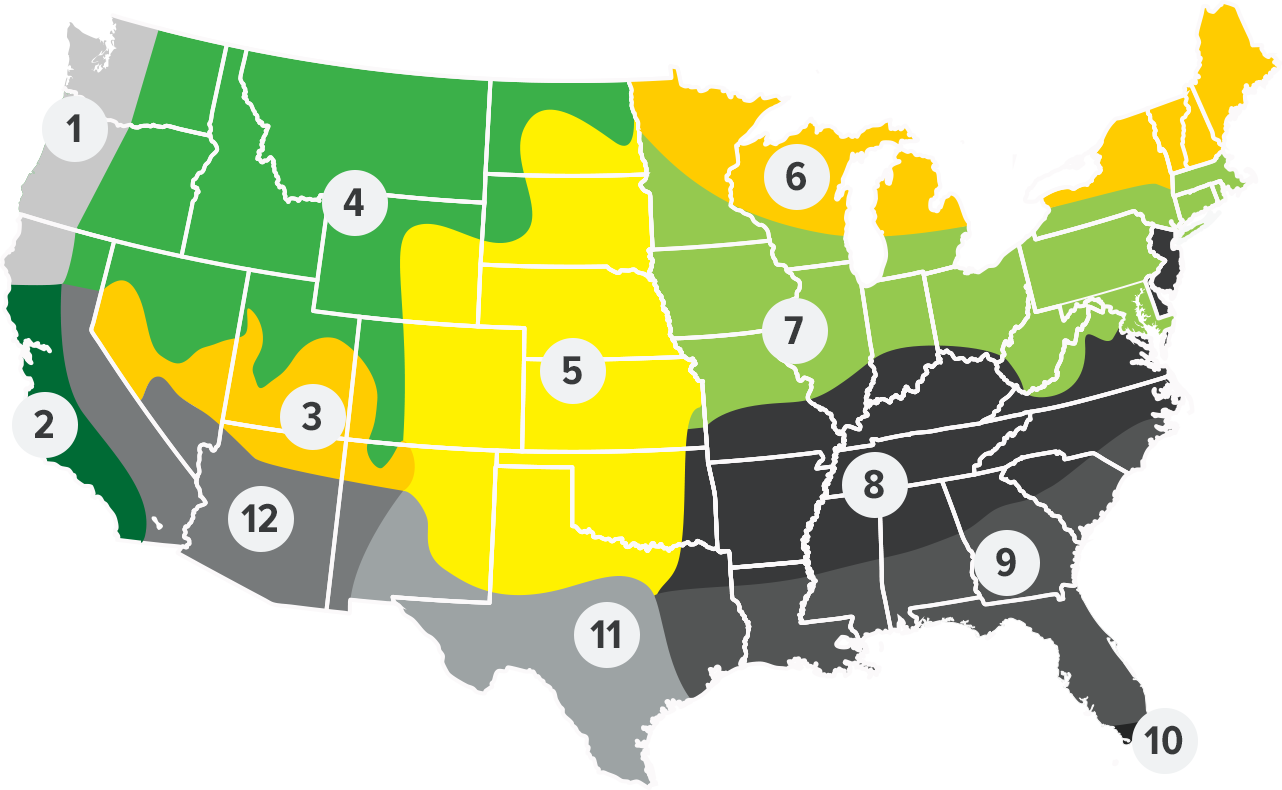Summary
Stamina White clover is a new intermediate-type selected for higher forage yield and persistence under extreme grazing pressure. As an intermediate, Stamina’s aggressive growth pattern has high stolon density and rooting, allowing it to persist well under hoof and grazing pressure. In yield and persistence testing across Midwest, Northeast and Mid-South universities, Stamina has firmly established itself as an elite high-yield, very persistent, durable white clover. Choose Stamina if you want a white clover for the long haul.
Plant Characteristics
Taxonomy
Zone
- Regional Growing Zone
- 1 - Northwest Coastal, 2 - California Coastal, 3 - Southern Mountain, 4 - Mountain, 5 - Midwest, 6 - Northeast Lakes, 7 - Great Lakes South, 8 - Appalacia, 9 - Southeast, 10 - South Florida, 11 - South Texas, 12 - Southwest
- USDA Plant Hardiness Zones
- 2, 3, 4, 5, 6, 7, 8, 9, 10
- Temperature Zone
- Warm, Cool, Transitional
Plant Characteristics
- Height
- 8" - 12"
- Bloom Period
- Late-Spring
- Bloom Color
- White
- Leaf Color
- Green
- Growing Cycle
- Perennial
- Growth Habit
- Stoloniferous
- Sun Requirement
- Full Sun, Partial Sun, Shade
Plant Information
- Planting Season
- Spring - Fall
- Plant Depth
- 0.25" - 0.5"
- Minimum Soil Temp for Germination
- 42° F
- Establishment
- Easy
- Kingdom
- PLANTAE
- Subkingdom
- TRACHEOBIONTA
- Super Division
- SPERMATOPHYTA
- Division
- MAGNOLIOPHYTA
- Class
- MAGNOLIOPSIDA
- Subclass
- ROSIDAE
- Order
- FABALES
- Family
- FABACEAE
- Genus
- TRIFOLIUM
- Species
- TRIFOLIUM REPENS
Coverage Area & Available Sizes
How to Use & Apply
ESTABLISHMENT The standard seeding rate is 2-5 lbs per acre.
For pasture establishment, seeds are drilled into a well-prepared
seedbed that has been plowed, harrowed, and compacted to produce
a firm seedbed. Stamina White Clover can also be established
successfully by no-tilling or broadcast while grasses aren’t rapidly
growing. Avoid overapplying nitrogen during establishment of
Stamina White Clover. The seeds are inoculated before seeding.
The proper time of seeding is determined by seasonal and moisture
conditions. This may vary from April to May. Late summer and
fall seedings should be conducted while adequate moisture is still
in the soil to assure establishment before freezing.
MANAGEMENT Management for forage is aimed at maintaining 20% to
30% clover. Close grazing (2 inch stubble height) favors clover, whereas
light grazing favors grass. Well-fertilized grass will outgrow clover in
fall and winter and could smother the clover. Spring applications of nitrogen
will stimulate grass and provide early feed, but excessive rates
are detrimental to the clover stand. Maintaining proper potassium and
phosphate levels per soil test greatly benefit clovers in grass.
Applications
It is highly palatable and nutritious forage for all classes of livestock and most wildlife.
An excellent forage plant for wildlife.
Notes
Don’t forget to purchase the required inoculant for this product.









